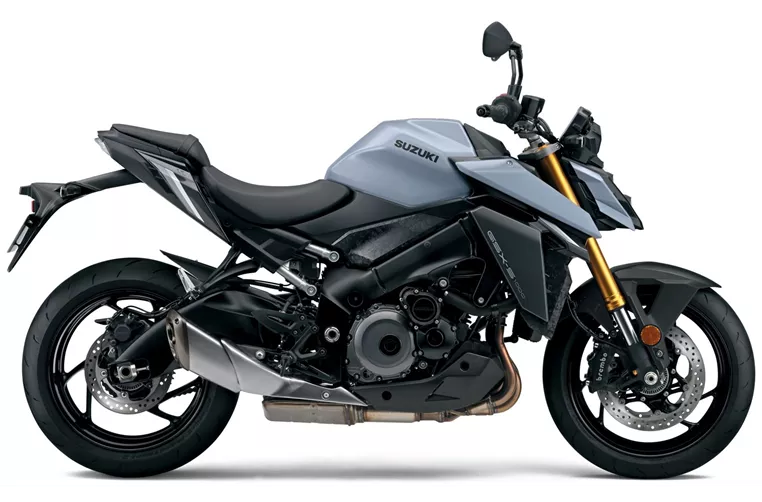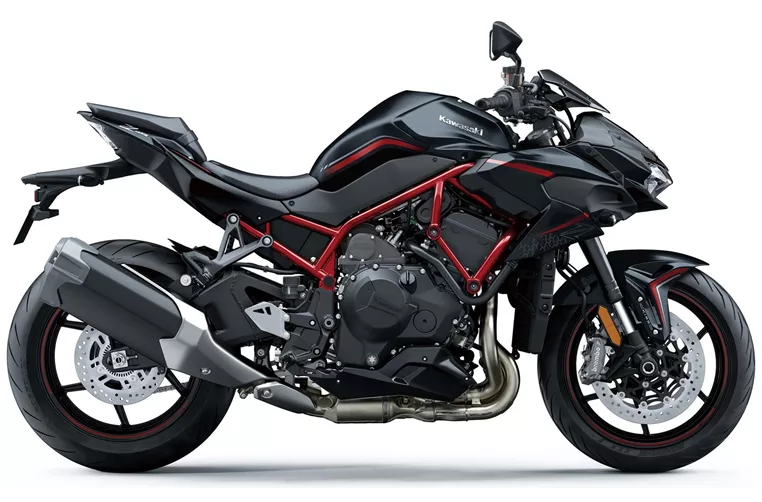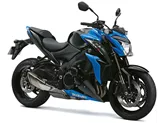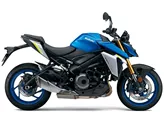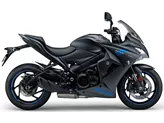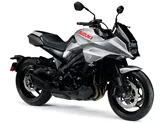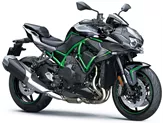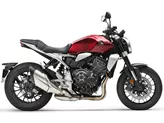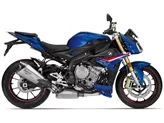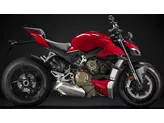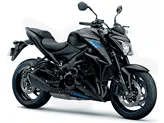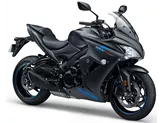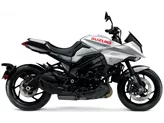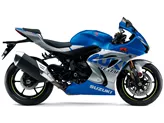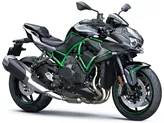Suzuki GSX-S1000 2021 vs. Kawasaki Z H2 2020
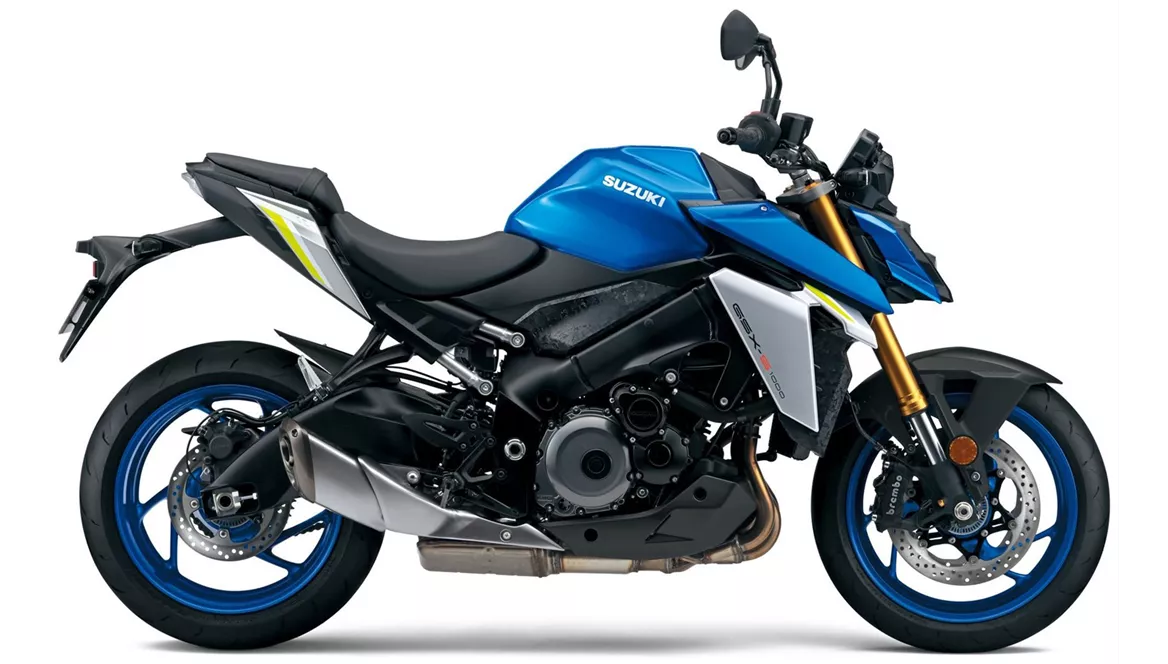
Suzuki GSX-S1000 2021
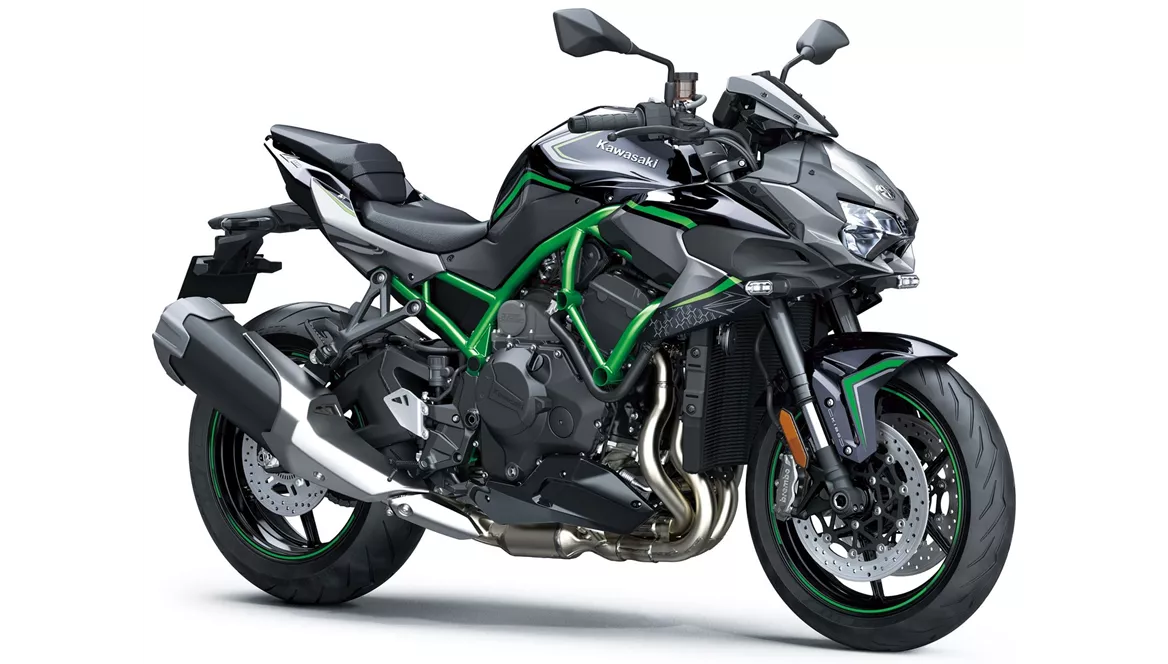
Kawasaki Z H2 2020
Overview - Suzuki GSX-S1000 2021 vs Kawasaki Z H2 2020
The Suzuki GSX-S1000 2021 and the Kawasaki Z H2 2020 are both powerful naked bikes with similar engine types, fuel systems, and cooling systems. However, there are several differences between the two models.
In terms of engine power, the Kawasaki Z H2 2020 has a significant advantage with 200 HP compared to the Suzuki GSX-S1000 2021's 152 HP. The Kawasaki also has a higher torque of 137 Nm compared to the Suzuki's 106 Nm. This makes the Kawasaki Z H2 2020 a more powerful and faster bike overall.
Both bikes have four cylinders and a liquid cooling system, ensuring optimal performance and temperature control. They also have similar suspension systems, with upside-down telescopic forks at the front and swing arms with monoshocks at the rear. The suspension on the Kawasaki Z H2 2020 offers more adjustment options, including compression, preload, and rebound adjustments for both the front and rear suspension.
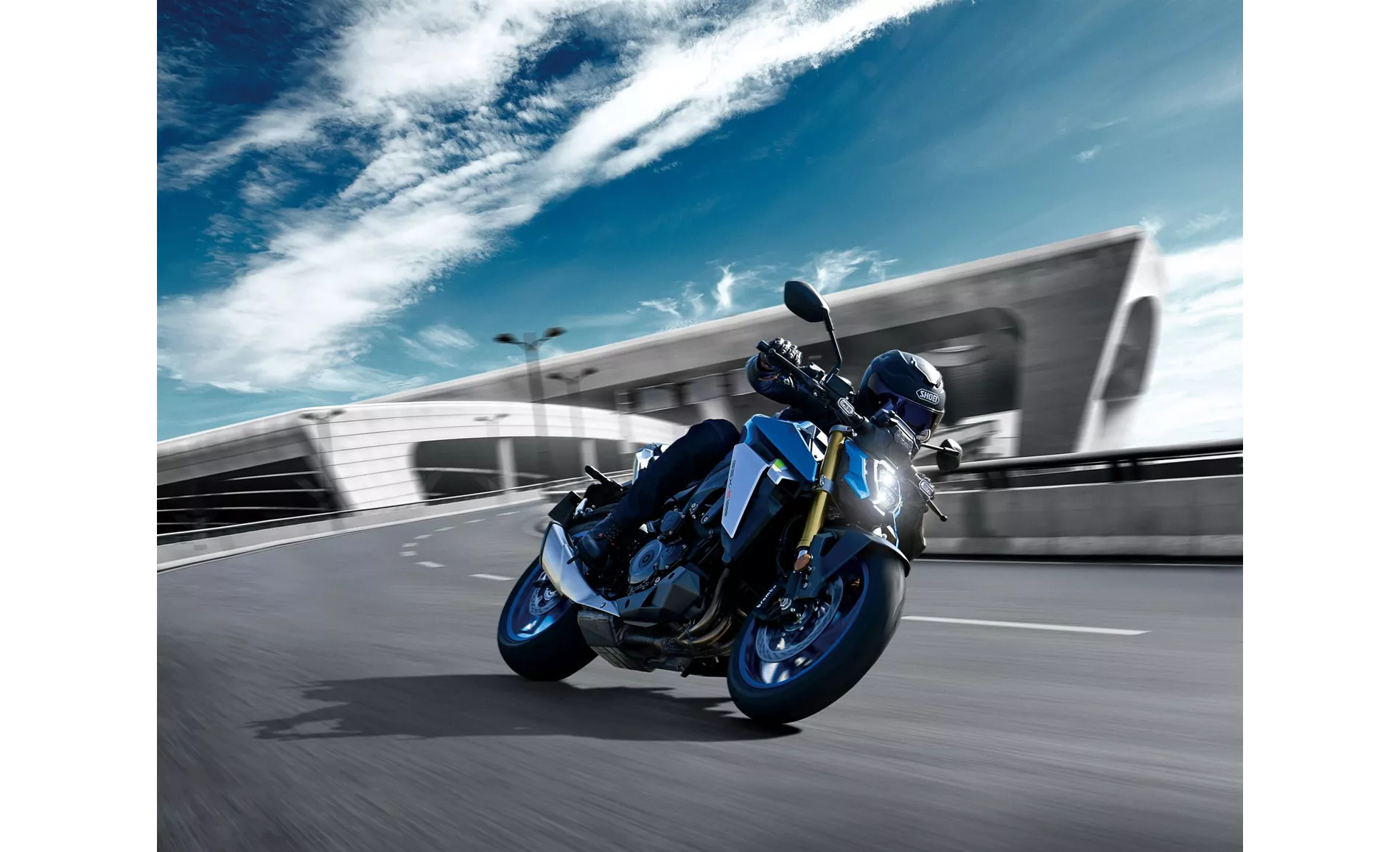
Suzuki GSX-S1000 2021
In terms of chassis, the Suzuki GSX-S1000 2021 features an aluminum frame with a twin-tube design, while the Kawasaki Z H2 2020 has a steel frame with a tubular design. The aluminum frame of the Suzuki may provide a lighter and more agile feel, while the steel frame of the Kawasaki may offer more stability and durability.
Both bikes have double disk brakes at the front with four pistons and radial monoblock technology. The Kawasaki Z H2 2020 has larger brake disks with a diameter of 320 mm compared to the Suzuki GSX-S1000 2021's 310 mm disks. This may result in slightly better braking performance for the Kawasaki.
In terms of advanced rider assistance systems, both bikes offer ABS, riding modes, and traction control. However, the Kawasaki Z H2 2020 has additional features such as cornering ABS, launch control, quickshifter, and anti-wheelie control. These extra features enhance the bike's performance and safety in various riding conditions.

Kawasaki Z H2 2020
Both bikes have similar dimensions and weights, with a front tire width of 120 mm, rear tire width of 190 mm, and a wheelbase of around 1450-1460 mm. The seat height of the Kawasaki Z H2 2020 is slightly higher at 830 mm compared to the Suzuki GSX-S1000 2021's 810 mm. The kerb weight of the Kawasaki is also higher at 239 kg compared to the Suzuki's 214 kg.
In terms of equipment, both bikes feature LED daytime running lights and LED headlights. The Kawasaki Z H2 2020 also has the added feature of a TFT display, providing a more modern and advanced user interface.
In summary, the Suzuki GSX-S1000 2021 and the Kawasaki Z H2 2020 are both powerful naked bikes with their own strengths and weaknesses. The Suzuki offers a powerful engine, smooth quickshifter, sporty handling, comfortable seating position, and an aggressive look. However, it has a difficult-to-read display. On the other hand, the Kawasaki offers an incomparable engine, full power, easy-to-control power unit, pleasant seating position, high riding comfort, stable and transparent handling, and a quiet but charismatic sound. Its weaknesses include a quickshifter with slow interventions, a slightly spongy suspension strut during sporty riding, and a lack of exclusive components.
Technical Specifications Suzuki GSX-S1000 2021 compared to Kawasaki Z H2 2020
Pros and Cons in comparison
Pros and Cons in comparison
Suzuki GSX-S1000 2021
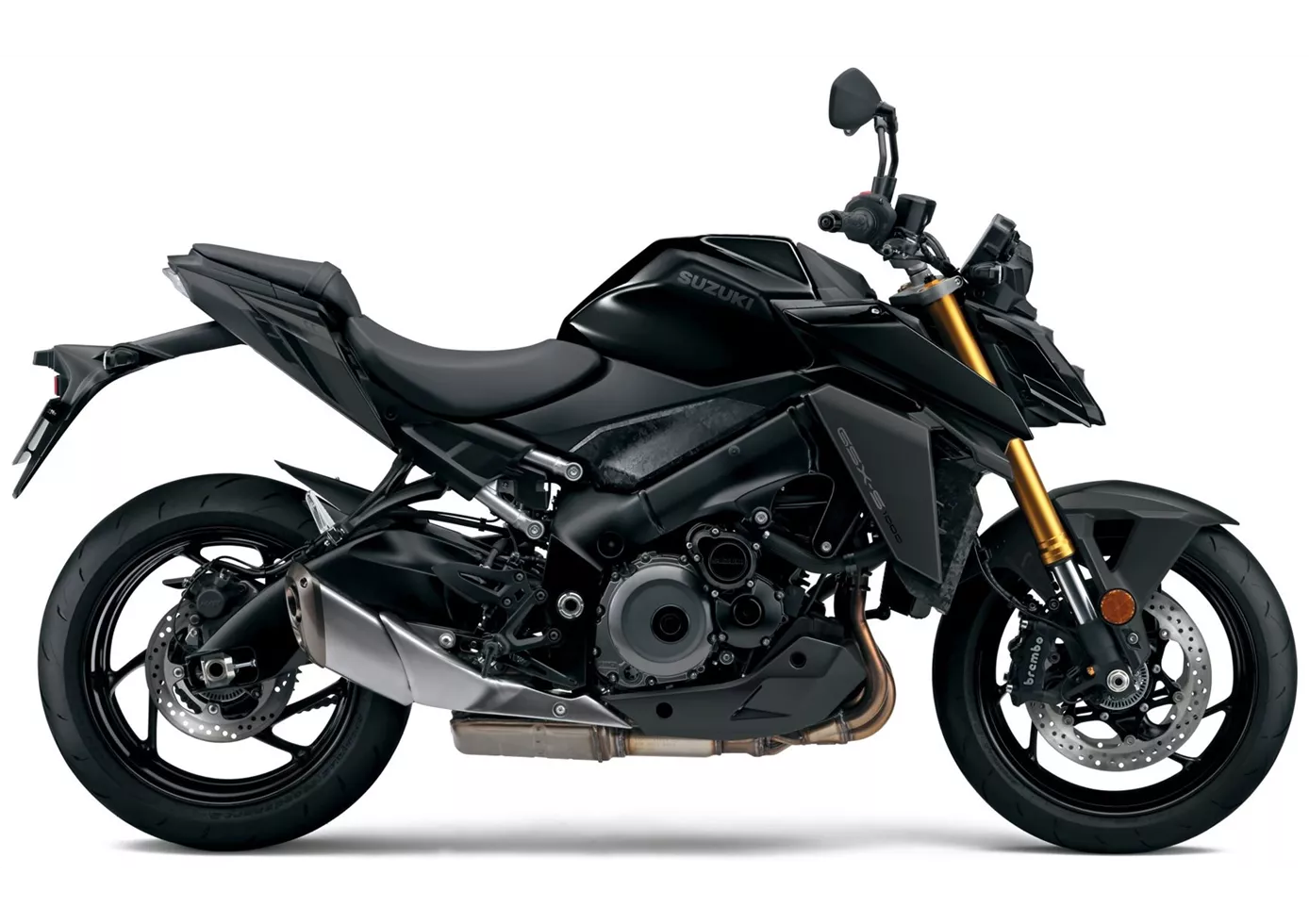
Suzuki's evolution of the GSX-S1000 is a complete success. Although it is an old acquaintance in terms of its basic design, with the 2021 update to Euro5, as well as numerous revisions, the Japanese have created a wonderfully rounded package in the power naked segment. The engine, throttle response and quickshifter work flawlessly, and the suspension and brake components are tuned for sporty comfort. A bike with which you don't have to hide - unless someone wants to examine the display...
Kawasaki Z H2 2020
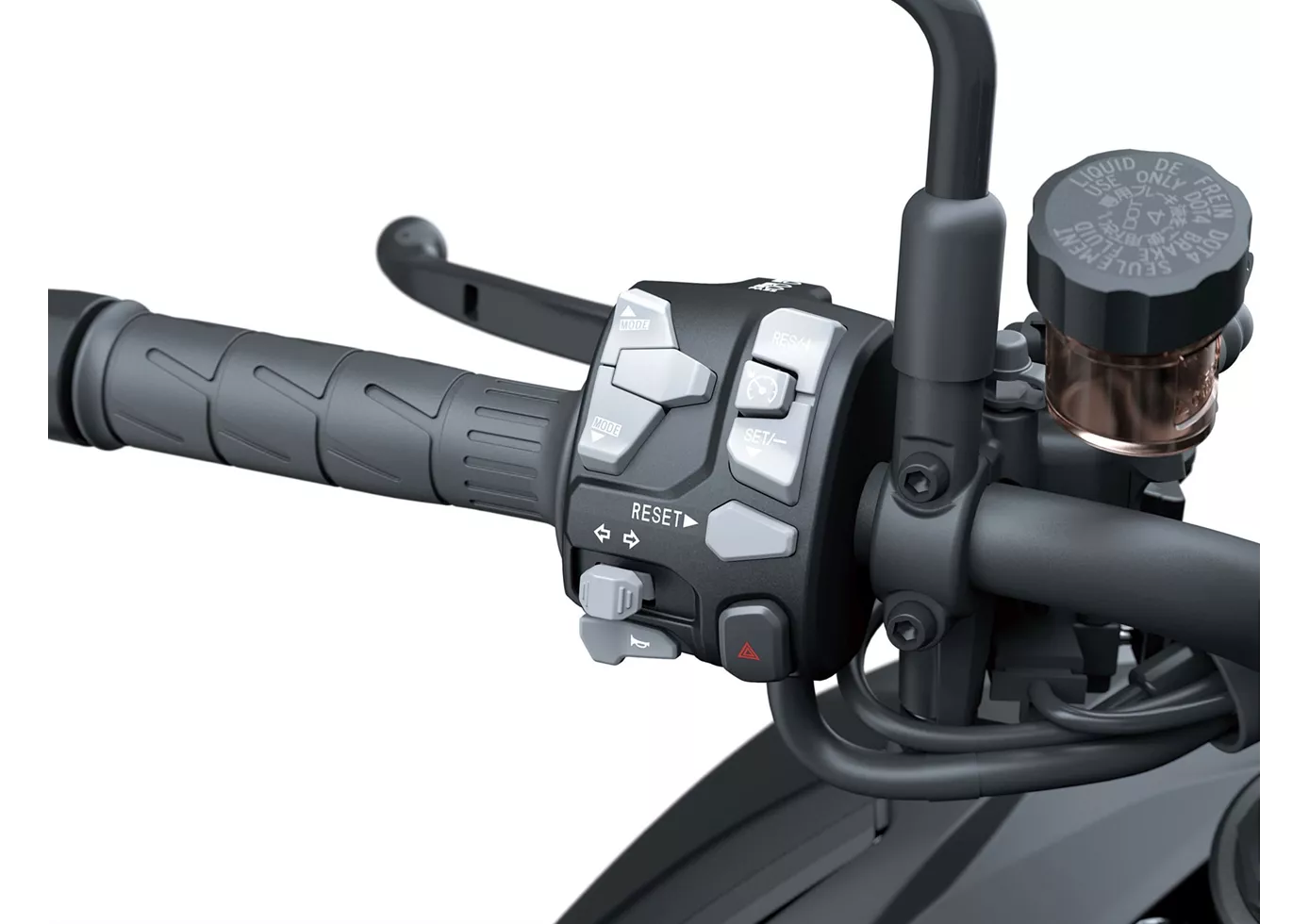
The fascinating power unit of the Kawasaki not only inspires as a motif for quartet cards or at the regulars' table. The engine is made for practical use. In the saddle of the bike, you can enjoy the thrust in every situation. Commands from the throttle are implemented directly, intensively but also controllably. However, the bike is not an athletic sportsman but a beefy naked bike. It always scores when sovereignty and power are required.
Price Comparison Avarage Market Price Suzuki GSX-S1000 vs Kawasaki Z H2
There are a few key differences between a Suzuki GSX-S1000 2021 and a Kawasaki Z H2 2020. In terms of price, the actual average price of a Kawasaki Z H2 2020 is about 38% higher. Compared to Kawasaki Z H2 2020 there are more Suzuki GSX-S1000 2021 bikes available on the 1000PS.de Marketplace, specifically 16 compared to 10. It takes less time to sell a Suzuki GSX-S1000 with 77 days compared to 148 days for a Kawasaki Z H2. Since model year 2015 1000PS.de editors have written 36 reviews for the Suzuki GSX-S1000 and 14 reviews for the Kawasaki Z H2 since model year 2020. The first review for the Suzuki GSX-S1000 was published on 9/27/2014 and now has more than 17,100 views. This compares to more than 82,500 views for the first review on Kawasaki Z H2 published on 10/10/2019.
